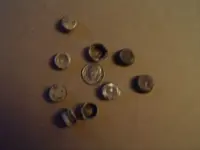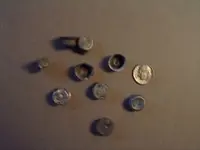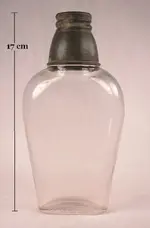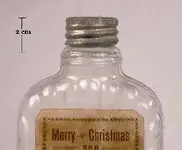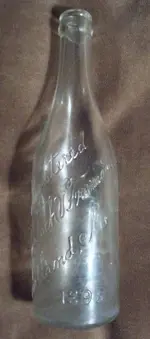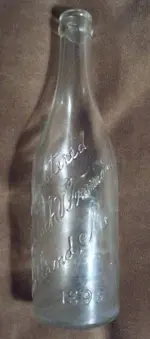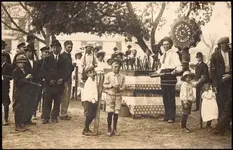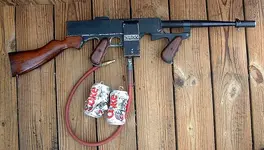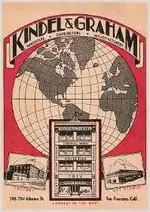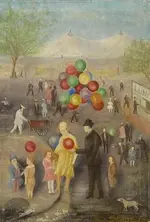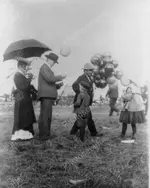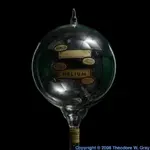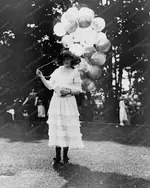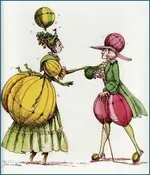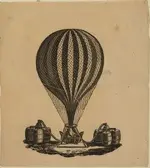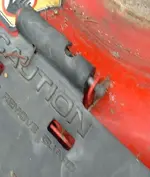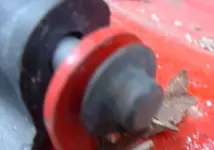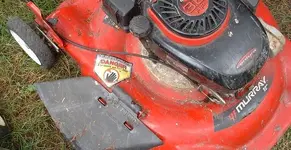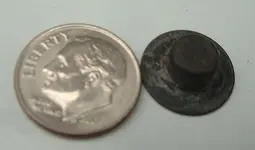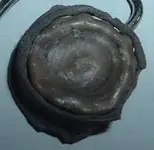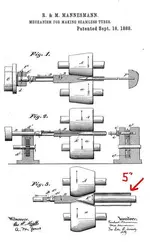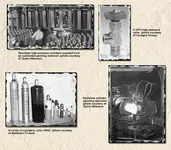Re: what are these from
~ Ongoing Research / Update ~

( and just when you thought it was safe to go back into the water )
I'm really starting to think I'm on a wild-goose-chase here. And yet I just can't seem to shake the idea that ...
The "plugs" are some kind of "seal" for something "industrial." Possibly even "welding" related.
And by "industrial" I mean something like the "helium/hydrogen" tanks I have been talking about. Were it not for the "rubber" aspect to the plugs, I would probably ditch this whole crazy idea of mine and move on to something else. But for some weird reason I am convinced they were used as either a "safety" or "dust" seal, and then removed later and tossed away. But finding evidence to support this, and proving it, has been impossible so far.
Anyway, here is some additional information I found and, if nothing else, may be of interest on a educational/historical level.
1888 ~ Patent applied for on device that bores out solid steel stock to create totally seamless tubes/cylinders. Which soon develop into the pressurized cylinders we are familiar with today. Patented by German Brothers Max and Reinhard Mannesmann. (See patent illustration below - Dated September 18, 1888).
1902 ~ First U.S. seamless steel cylinders produced by the Harrisburg Steel Company of Pennsylvania.
1904 ~ Anheuser-Busch Brewing uses Harrisburg cylinders at the 1904 St. Louis World's Fair to "tap" beer with carbon dioxide from wooden kegs. (First time this tapping process is used - and where the term "taproom" originated).
So there you have it - I'm thinking our "mystery plugs" had something to do with the above.
I also sent out several e-mail inquiries to various industries to see if they can be of help. I hope to hear back from them this coming week.
Thanks again for your patience with me. And just think how I will feel when I eventually discover that all of my research has been for nothing. Oh well, it was fun and a learning experience if nothing else.
I am determined to figure out what kind of tanks those balloon vendors used!
SBB
1st Pic ..... Cropped close up of plug w/rubber seal.
2nd Pic ... 1888 Patent.
Red arrow indicates 5-inch cylinder
diameter. This was a major process and changed the world of
pressurized gases.
3rd Pic .... Misc. cylinders - One of the pictures shows the boring process of
red-hot stock steel.



